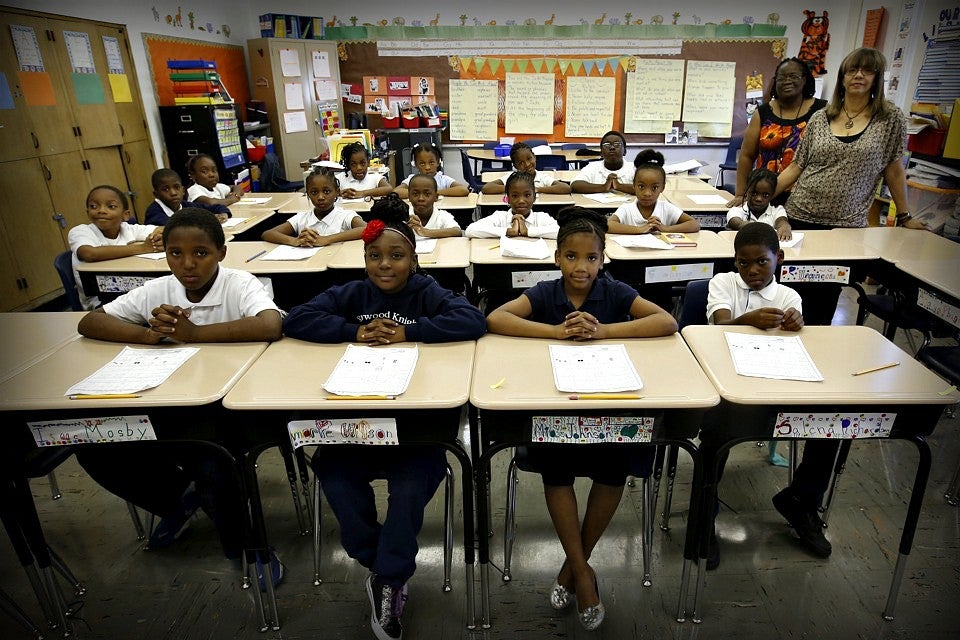WCP: The Education Campaign: Addressing Inequality through Teaching and Learning?
Posted in Visiting Scholars | Tagged CAP, Center for American Progress, Economic Inequality, Education, Inequality, John Russo, Racial Inequality, Sherry Linkon, WCP, Working-Class Perspectives
Many Americans believe education is the cure for our nation’s ills, but the Presidential candidates have been mostly quiet on the issue. In this week’s Working-Class Perspectives post, Sherry Linkon explores the policy proposals laid out by Hillary Clinton as they pertain to inequality and the treatment of teachers.
What really got my attention, though, is that Clinton’s site presents education as both reflecting economic and racial inequality and having the potential to reduce it. Of course, neither attention to the achievement gap nor the idea that better education gives people more economic opportunity is new. But the site makes an especially strong case for the importance of inequalities in education. It includes a section with nine charts detailing, in very simple and powerful images, the multiple ways that education mirrors economic and racial inequality in the U.S.
The charts document increasing segregation, higher drop out rates and lower test scores among black and Latino students than among whites, the low incomes of kindergarten teachers, and the country’s relatively low rate of college completion, among other things. The page ends with the claim, drawn from the Center for American Progress, that closing the education gap would strengthen the economy.
Take a moment to read the post in its entirety (new window) and check out other Working-Class Perspectives (new window) on our website.

